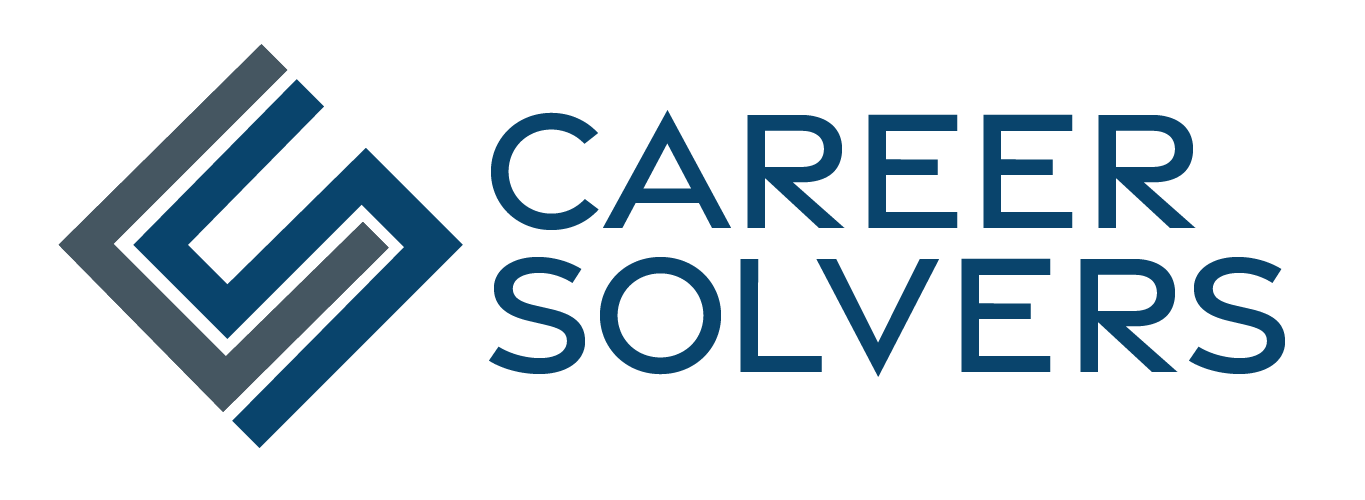 Marissa Mayer of Yahoo has been taking some heat recently after implementing a stack ranking system to measure employee performance. In this system, managers must rank employee performance along a bell curve and a certain percentage of employees must be ranked as the lowest performers which could lead to termination. Several sources suggest that this is being done in an attempt to “clean house” and rid the company of poor performers, but it’s unclear if this system will solve Yahoo’s talent challenges. The news of the new system comes on the heels of Microsoft’s announcement that they are retiring the stack ranking system in an effort to “deliver innovation and value to customers through more connected engagement across the company.” It sounds like stack ranking was not doing wonders on the teamwork or collaboration fronts or for the Microsoft brand for that matter.
Marissa Mayer of Yahoo has been taking some heat recently after implementing a stack ranking system to measure employee performance. In this system, managers must rank employee performance along a bell curve and a certain percentage of employees must be ranked as the lowest performers which could lead to termination. Several sources suggest that this is being done in an attempt to “clean house” and rid the company of poor performers, but it’s unclear if this system will solve Yahoo’s talent challenges. The news of the new system comes on the heels of Microsoft’s announcement that they are retiring the stack ranking system in an effort to “deliver innovation and value to customers through more connected engagement across the company.” It sounds like stack ranking was not doing wonders on the teamwork or collaboration fronts or for the Microsoft brand for that matter.
Many tech companies, including Mayer’s previous employer, Google, have used the stack ranking system, but the jury is still out on its effectiveness for rewarding and retaining top employees and keeping them motivated. Even if Mayer can effectively weed out the under performers, there appear to be several unanswered questions and potential landmines ahead for Yahoo. I wonder:
- What is Yahoo’s recruitment strategy for sourcing new talent? One could argue that the real problem lies in sourcing practices that brought in the weaker talent to begin with.
- Will new recruits be measured against their longer-tenured peers beginning on day one and if so, is Yahoo setting them up to be in the bottom quartile by the time they hit their first anniversary?
- Does the bottom quartile really represent poor performers or were they unfortunately placed in that category because of corporate politics or the manager’s need to put someone there?
- Does the bottom quartile at Yahoo represent the equivalent of an “A player” at another organization? Will other tech companies be waiting in the wings to scoop up what Yahoo let go?
- Will Yahoo be able to create an employer brand strong enough to attract top talent or will prospects be turned off by this new stack ranking system?
- Will employees take less risks and will innovation suffer because people are more concerned with watching their backs?
- How will Yahoo’s HR team navigate the potential employee relations issues around the new system and will they lose their ability to be strategic because they are spending all their time putting out the fires related to the uptick in poor performance reviews?
- Will Yahoo become more vigilant about giving employees continuous feedback throughout the performance period, so they have an opportunity to improve any performance red flags?
Talent management is a complex process and I’m not convinced it can be reduced to such a formulaic solution…at least not without some repercussions.


